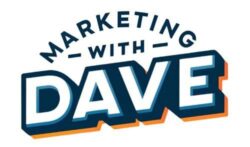PRIZM Premier: A Marketer’s Guide to the 68 U.S. Consumer Segments
PRIZM® Premier by Claritas is a powerful lifestyle segmentation tool that helps digital marketers understand and target audiences based on demographic, behavioral, and geographic data.
